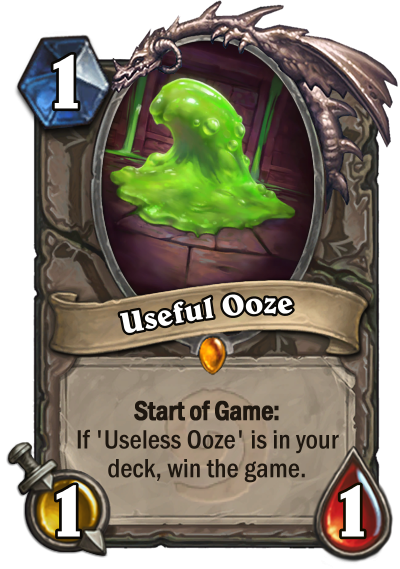For a while now I’ve been working on a power curve analysis of the collectable cards in Hearthstone. I started out trying to prove if specific cards/classes/mana costs are overpowered, but it’s evolved into a really valuable design exercise on understanding game balance. Hopefully one day I can share all the lessons I’ve learned, but today I wanted to take a moment to talk about one of the valuable things I’ve been learning about power curves. But before we get into that, let’s first establish what a power curve is.
What is a Power Curve?
Put simply, a power curve is the average value a player gets in exchange for spending a given amount of resources. It’s most often used when discussing card games like Magic the Gathering, Yu-Gi-Oh!, Gwent, and of course Hearthstone, but it is still applicable to most games. As a general rule, the more resources you spend the more value you should get, and this relationship tends to be linear.
A fairly ideal powercurve.
To give a simple example, take a look at these three cards I made:
Thank you Hearthcards for making it so easy to make custom Hearthstone cards.
Let’s say for the sake of argument that in Hearthstone dealing 3 damage is worth about 2 mana (similar to an existing card Dark Bomb). This means that Balanced Bomb would be right in line with the power curve of the game because it’s cost (2 mana) is in line with it’s value (dealing 3 damage). Underpowered Bomb would be below the power curve because you’re paying the same cost while getting less value than you should. Finally, Overpowered Bomb is above the power curve because you’re getting more value than you should for the cost. Seems straightforward right? Here’s where it gets a little bit more complicated.
Independent vs. Contextual Power Curves
So far we’ve been comparing cards to an Independent Power Curve. An independent power curve assesses the power level of cards in a vacuum, and it does not factor in positive or negative synergies between cards. Using what we know, what’s the independent power level of this card?
Probly one of the best cards ever made.
Seems pretty terrible, right? I mean, 10 mana for a 1/1 that can’t attack is awful. However, this is when we need to consider a Contextual Power Curve. A contextual power curve assesses the power level of cards in conjunction with one another, factoring in things like synergies and the metagame. Now imagine we were assessing the power of Useless Ooze if this card also existed in the game:
See? I told you Useless Ooze was good.
Suddenly Useless Ooze seems pretty busted. But remember Useless Ooze is only strong in a world where something like Useful Ooze exists. If that card didn’t exist, it’d go right back to being trash.
Why does this matter?
This matters because all cards have two different power levels and you need to consider both when balancing a game. For example, it’s possible to have a card that is independently overpowered but contextually underpowered. Let’s take a look at Alien Queen as an example:
“Wait…aren’t I supposed to be human now? Make up your mind, Blizzard. Human. Zerg. Human. Zerg. Pick one!”
Independently this card seems extremely strong because it’s a 3/3 for 3 mana AND it gives +3/+3 to all your other Aliens. Assuming all your other minions in play are Aliens, that means she could be giving +3/+3 to 6 other minions for a total of +18/+18! Alien Queen seems pretty broken, right? Well, contextually speaking, maybe not. What if Alien Queen was the only Alien in the entire game? Suddenly it’s very difficult to get any value out of her battlecry, to the point where she might as well be a 3/3 for 3 with no additional text. Now she’s not only no longer overpower, but she may in fact be underpowered!
So let’s say we’ve determined a card too weak or too powerful. How can we fix it? Well, based on what we’ve learned today here are two approaches we can use when balancing cards:
Adjust the card’s independent power level (i.e. decrease the value you get per resource spent); or
Adjust the card’s contextual power level (i.e. create new cards that have positive or negative synergy with existing cards)
Both approaches are completely valid and have their own pros and cons. But make sure you’ve compared your card to both your independent power curve and your contextual power curve before making any changes. Otherwise you might make the problem worse than it was before.








